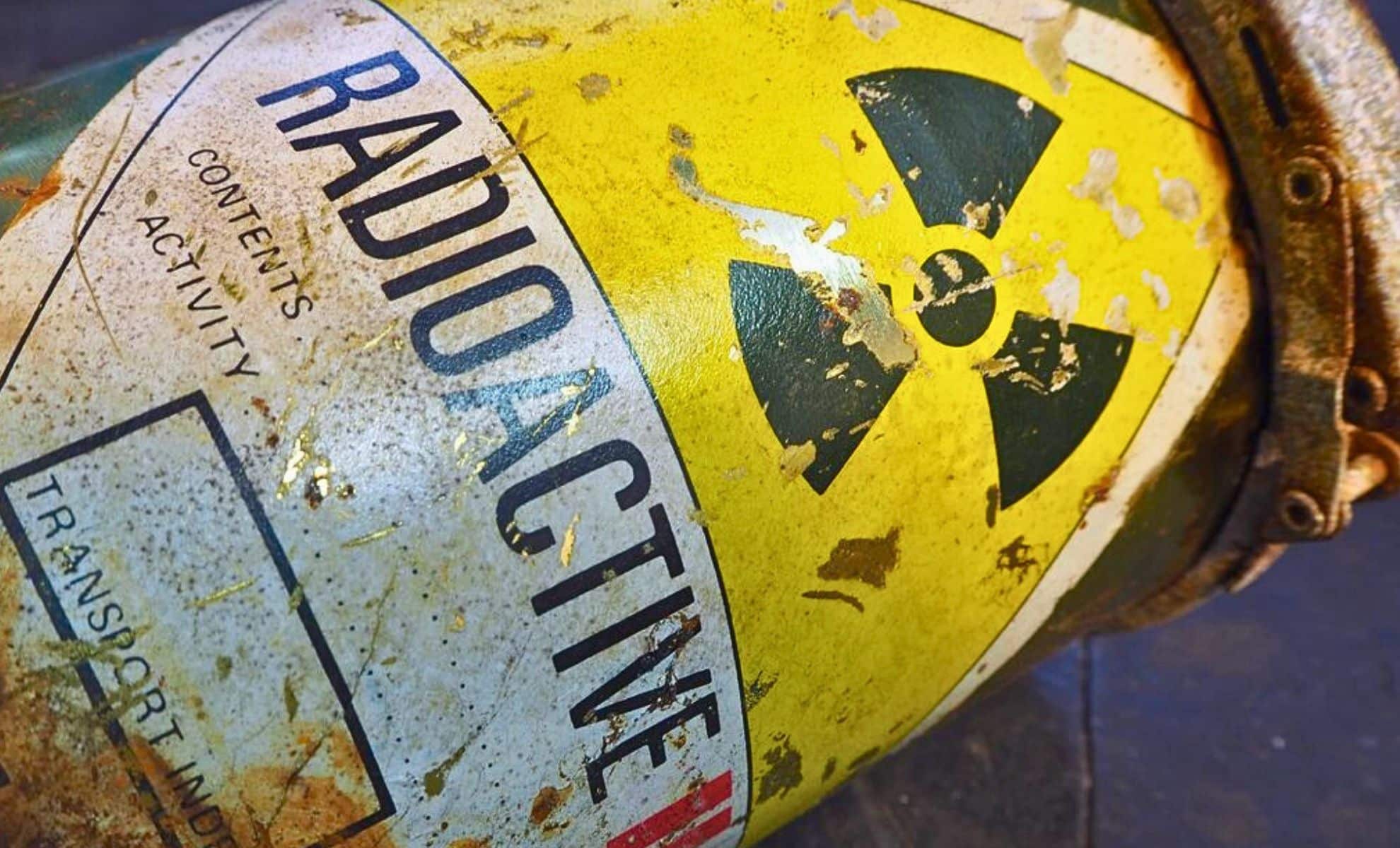Leaded Gasoline Tied to Uptick in Mental Health Disorders, and a Mysterious Outbreak Occurs in the DRC
A mysterious outbreak occurs in the Democratic Republic of the Congo, and researchers find evidence that exposure to leaded gasoline was linked to increases in mental illness. Plus, we discuss orcas wearing salmon as hats.

Anaissa Ruiz Tejada/Scientific American
Happy Monday, listeners! For Scientific American’s Science Quickly, I’m Rachel Feltman. Let’s take a few minutes to catch up on some science stories you might have missed.
Last week health officials in the Democratic Republic of the Congo reported that an unidentified disease with flu-like symptoms had killed dozens of people in November. Last Tuesday a spokesperson for the World Health Organization said the agency had been made aware of the outbreak and was working with local public health investigators to learn more.
As we’ve discussed in previous episodes the DRC is already dealing with a serious epidemiological problem: the country is considered the epicenter of the current global mpox outbreak and accounts for 99 percent of related deaths, according to the Africa Centers for Disease Control and Prevention. SciAm editors are keeping a close eye on this as-yet-unidentified new outbreak, so we’ll share more information as soon as we have it.
On supporting science journalism
If you’re enjoying this article, consider supporting our award-winning journalism by subscribing. By purchasing a subscription you are helping to ensure the future of impactful stories about the discoveries and ideas shaping our world today.
In other public health news a new study looking back at the impact of leaded gasoline came to some troubling conclusions.
Before we get into the details here’s a little background on what lead can do to us. Lead is a toxic heavy metal that can build up in the body and impact the development of a child’s brain. Researchers have previously shown that the use of lead in gasoline, which was widespread in the U.S. starting in the 1920s before finally being banned in 1996, likely impacted many Americans. One 2022 study estimated that half the Americans alive at the time were exposed to harmful levels of lead during their childhoods, with millions exposed to five times the recommended level or more.
In the new study, published last Wednesday, the same researchers estimate that lead exposure could be responsible for some 151 million cases of mental health disorders over the past 75 years. These lead-related impacts were highest among members of Gen X.
While leaded gasoline is thankfully a thing of the past, lead exposure isn’t. An estimated one in four households in the U.S. have lead levels in their soil that could warrant cleanup. Old paint and pipes can also pose a threat. If you’re concerned about lead exposure, you can request blood tests for you or your kids from your primary care doctor. Testing your soil for heavy metals is an option as well. You can also contact your state or local health department to ask about looking into your home’s paint and dust.
We’ll end the health portion of our news roundup with something more optimistic. You probably already know that movement is an important part of staying healthy, but it’s easy to feel like you’re either a health-conscious gym fiend or a guilty couch potato.
A new study offers a great reminder that every little bit really does count. Researchers looked at more than 22,000 middle-aged folks in the UK to see how “vigorous intermittent lifestyle physical activity,” or VILPA for short, impacted their risk of major cardiovascular events such as strokes and heart attacks.
VILPA isn’t a burst of intense activity during a gym workout; it’s the kind of spike in heart rate you experience while going about your everyday activities. You might sneak in a cheeky VILPA session by climbing some stairs, carrying a heavy load of laundry or chasing after a pet.
Men who averaged 5.6 minutes of VILPA a day were 16 percent less likely to experience cardiac events than men who lacked those bursts of activity. But the results were even more promising in women: an average of just around one and a half minutes a day was associated with a 33 percent drop in heart attack risk, while averaging 3.4 minutes made heart attacks 51 percent less likely.
These results don’t mean that structured exercise isn’t worth pursuing—as long as you’re not exhausting yourself or injuring your body, more movement is generally better than less. But if you’re quite sedentary at the moment, the answer probably isn’t to dive straight into a monthlong workout challenge come January 1.
And even if you take it slow, you might not ever become a total gym rat. Studies like this one show that any increase in movement means you’re making progress on your cardiovascular health. Exercise doesn’t have to make you miserable to count!
Now let’s jet off to Venus for some space news. As many science nerds and Mitski fans are aware, one school of thought holds that Venus was a lot like Earth but turned hellish thanks to a runaway greenhouse gas effect. And by hellish, I mean it’s got clouds of sulfuric acid and a surface temperature of roughly 870 degrees Fahrenheit.
Last Tuesday in Nature Astronomy, a new study threw some serious shade at that idea. The study reported that, despite being similar to Earth in size and distance from the sun, Venus was probably never much like our home world.
Researchers analyzed the Venusian atmosphere and found a distinct lack of steam in its volcanic emissions, suggesting that the planet’s interior is super dry—so dry, in fact, that they don’t think the planet ever hosted liquid water. That doesn’t mean Venus was never habitable, but any life there would have to be something weird that we’ve never seen before, like microbes that evolved to survive in those nasty sulfuric acid clouds.
We’ll splash back down to Earth for a couple of marine mammal stories. First up: scientists in New Zealand have gotten their hands on a whale so special that even finding a dead one is exciting. Like, really exciting.
When this spade-toothed whale washed up over the summer, it marked just the seventh specimen of the species documented since the 1800s. These deep-diving beaked whales have never been spotted alive, and this is the first complete specimen that scientists have been able to dissect.
Whales are sacred animals in the traditions of the Indigenous Māori people of Aotearoa, aka New Zealand, so scientists plan to take an entire week to dissect the animal quietly and carefully, with members of a local iwi, or tribe, on hand to participate and observe.
We’ve got a killer whale of a tale to end this week’s roundup. The story starts back in 1987, when scientists noted that one particular female orca kept turning up wearing a strange accessory: a dead salmon balanced on her head like a hat.
Over the course of a year or so, scientists saw some other orcas seem to jump on the trend—but then it fizzled out. Fashion is so fickle! But everything comes back around eventually, and it seems like dead fish hats are making a comeback. In November a 32-year-old male was caught sporting a dead salmon on his head. Scientists aren’t sure why this happened in the first place or why it’s happening again, but they suspect the fish hats could be a way of storing food for later.
That’s all for this week’s news roundup. And that’s actually a wrap on news roundups for 2024. After this Wednesday’s deep dive into Google’s freaky new AI podcast tool, we’ll be sharing a four-part fascination series on the shifting science of animal conservation. Then we’ll cap off the year with a retrospective on some of the wildest science of 2024 before we take a short break for the holidays. There’s a lot of good stuff coming before we sign off for the season, so stay tuned!
Science Quickly is produced by me, Rachel Feltman, along with Fonda Mwangi, Kelso Harper, Madison Goldberg and Jeff DelViscio. Shayna Posses and Aaron Shattuck fact-check our show. Our theme music was composed by Dominic Smith. Subscribe to Scientific American for more up-to-date and in-depth science news.
For Scientific American, this is Rachel Feltman. Have a great week!








Leave a Comment